Order Pterioida Genus Pinctada Higher classification Pinctada | Scientific name Pinctada maxima Rank Species | |
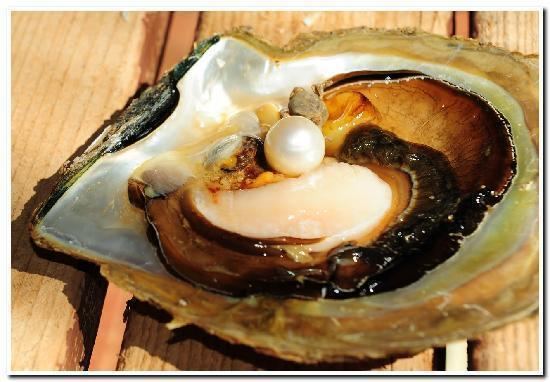 | ||
Similar Pinctada, Pinctada margaritifera, Infectious hypodermal and hem, Akoya pearl oyster, Scylla | ||
Greffe de pinctada maxima friday island kazu pearl farm
Pinctada maxima is a species of pearl oyster, a marine bivalve mollusk in the family Pteriidae, the pearl oysters. There are two different color varieties: the White-lipped oyster and the Gold-lipped oyster.
Contents
- Greffe de pinctada maxima friday island kazu pearl farm
- Pinctada maxima
- Distribution
- Description
- Pearl farming Perliculture
- References
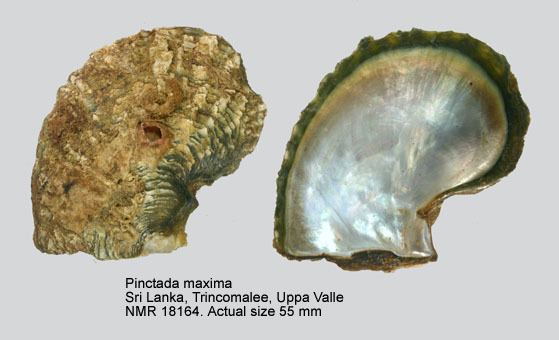
These bivalves are the largest pearl oysters in the world. They have a very strong inner shell layer composed of nacre, also known as "mother of pearl". They are important in the cultured pearl industry as they are used to produce South Sea pearls.
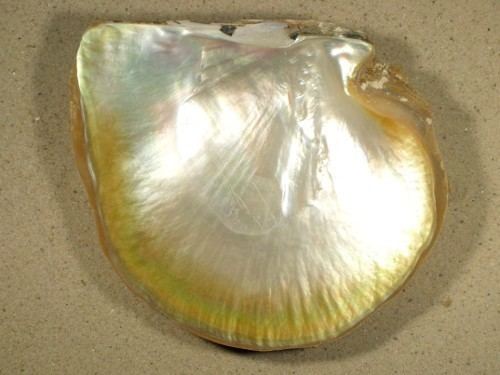
Known also as the South Sea Pearl or Philippine Pearl, it was declared by Philippine President Fidel Ramos as the national gem in 1996 through Proclamation No. 905. This is also featured at the reverse side of the Philippine 1,000-peso bill.
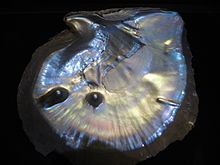
Pinctada maxima
Distribution
This species occurs in Australia, Fiji, Tahiti, Indonesia and the Philippines.
Description
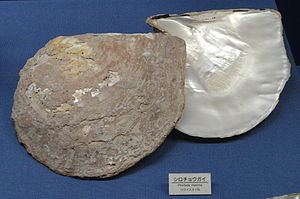
Pinctada maxima oysters grow very large, up to 12 in (30 cm) in diameter. The two color varieties have different coloration in the outer edge of the interior. This mother of pearl or nacre is responsible for the color of the pearls that the oyster can produce. Water temperature, plankton and sediments determine which color variety is more common in a given area.
Pearl farming (Perliculture)
Pinctada maxima produces South Sea pearls in colours ranging from white, silver, champagne, gold. Pinctada margaritifera produces South Sea pearls commonly referred to as Tahitian pearls or black pearls which in fact come in colour hues including grey, platinum, charcoal, aubergine, peacock. Currently south sea pearls are cultured primarily in Australia, Indonesia, Tahiti and now, the Philippines. Because these pearl oysters are so large, a much larger nucleus than usual can be used in culturing. Commercial pearl farming in Australia is mostly centred around the coastal waters of Broome, 17.9614 degrees South and 122.2359 degrees East, located in the Kimberley region of Western Australia. Best known and valued for their white/silver with pink hues from the silver-lipped pearl oyster, Australian South Sea Pearls can grow beyond 18mm - 20mm in diameter, with a typical size of 10mm - 13mm when harvested following a two-year gestation. South Sea pearls farmed in the Philippines, typically produce golden pearls from the gold-lipped pearl oyster, which are currently experiencing a surge in popularity, resulting in increased market-demand, particularly in China. The Tahitian or black pearl comes from the black-lipped pearl oyster, produced from the waters surrounding Tahiti and the French Polynesian archipelago.
